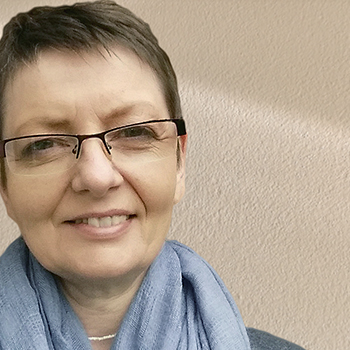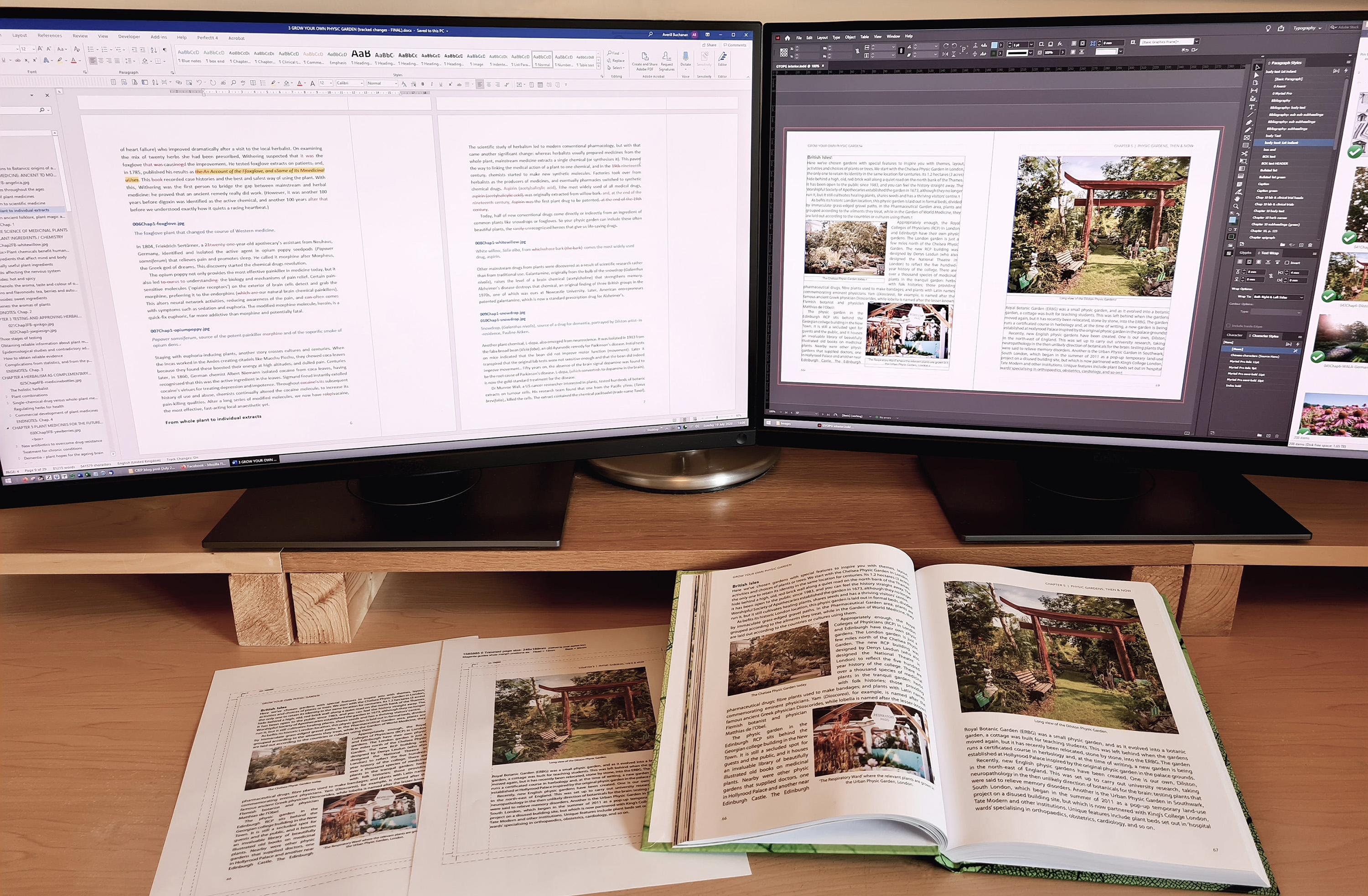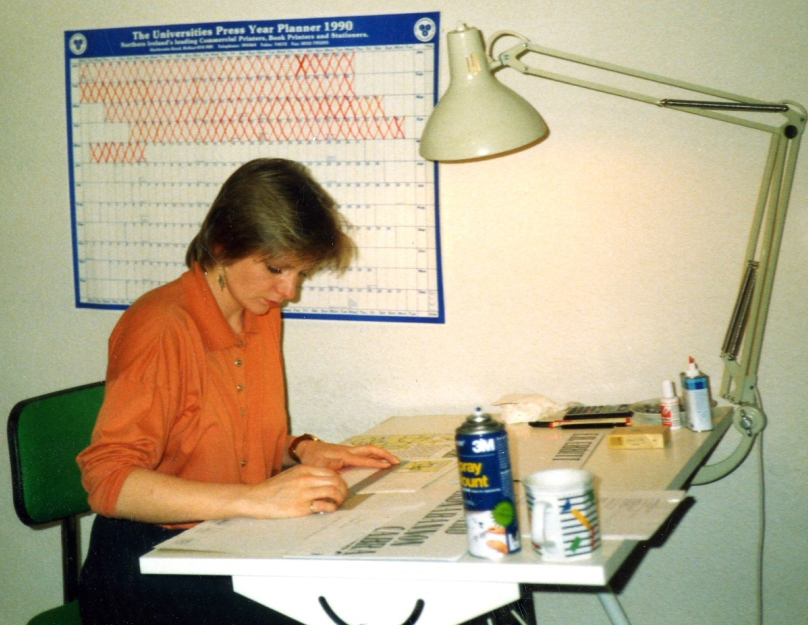Averill Buchanan works primarily as a fiction editor, but it’s not the only way she helps self-publishing authors. Here she talks about her background in graphic design and explains how it has enabled her to offer book production services as well.
I’ve been working as an editor now for 14 years, specialising in fiction, but it isn’t the only aspect of the publishing process I can help with. I started my working life as a graphic artist, serving my time as an apprentice at a printers before moving on to run my own design consultancy. Twenty odd years later, the advent of self-publishing has drawn me back to my first career, and nowadays I also provide a range of book production services – typesetting and design for print, as well as ebook conversion.
Transferable skills
The graphic design industry has transformed since I left it in the mid 1990s to study English at university as a mature student. Computers and desktop design software have replaced Letraset and SprayMount, and designing for the web is a new area of expertise. But the thing about graphic design is that regardless of the tools you use, you never lose your aesthetic sensibilities, your feel for what works visually, or your tendency to volunteer an opinion of a book cover or logo even when you haven’t been asked. Once a graphic designer, always a graphic designer, I add by way of apology.
Self-publishing
I joined the editing profession at just the right time. Around 2009, technology was making self-publishing available and accessible to anyone who had a computer – no design ability required. It didn’t take me long to realise how useful I could be to many of my editing clients – self-publishing authors who just wanted to write but didn’t have the design nous or patience to teach themselves how to produce good-looking books.
When I first offered book layout services, I used Word to create the interior of books destined to be printed through CreateSpace, Amazon’s old Print-On-Demand (POD) service. But I’ve since taught myself to use professional design software, notably Adobe Creative Suite, and now do all my typesetting and layout work in InDesign. It was a steep learning curve, but well worth it. Among other things, InDesign gives you superb control of text, pagination and layout, and I’ve been able to progress from producing text-only novels to full-colour coffee table books.
I’ve also taught myself how to make ebooks, thanks to extensive on-the-job training in xml encoding and html during a stint as an academic research assistant. I use Jutoh software to convert well-formatted Word documents, with or without images, into epubs and mobis (Kindle’s proprietary ebook format).
I tend not to offer cover design unless the client is publishing for friends and family only or is on a very tight budget. I prefer to send clients with commercial aspirations to a professional cover designer. It’s quite a specialised field and I don’t have the Photoshop skills (yet!) to make covers that can compete with trade-published books.
Hand-holding
Many authors find the online world challenging and it seems a shame to allow that to get in the way of them pursuing their life-long dream. So in addition to actually making the books, I also offer a hand-holding service to shepherd nervous authors through the online publishing process.
For instance, using screen-sharing software, I can sit with the client online as they set up their Kindle Direct Publishing (KDP) account and upload their book(s), or I can record a short video of me doing it on their behalf, which I later email to them. Some authors just want it all done for them, leaving them to log in to their dashboards to check sales figures.
Publishing consultancy
As the self-publishing industry has matured and become more professional, the options available can be overwhelming for authors. I can explain things in layman’s terms and offer advice about the route to publication that best suits their needs.
It’s important to establish authors’ objectives at the outset – not everyone wants to be published to make money. Some have written memoirs that are only for family and friends; others want to raise awareness for charities. For many writers it’s simply a personal ambition to get a book published – they don’t want to make a career out of it. At the other end of the spectrum are authors determined to set up their own presses and be as professional and business-like as their budgets will allow.
I advise authors with little to no knowledge of publishing about things like buying ISBNs, setting up their own imprints, the differences between POD and litho printing, and the value of producing ebook editions. I can also help them cost it out. I don’t offer marketing as a service, but it needs to be factored in when offering advice about production. For example, if it’s important to an author that they see their book on the shelves of a high-street bookshop, they need to be aware of how difficult that is to achieve as a self-publisher. Or if an author’s ultimate goal is to give talks and handsell their book at events as well as online, they might want to consider getting, say, 100 copies printed at a printers, in addition to publishing via KDP. My aim is to help authors make the best decision for their circumstances, taking into account their goals and priorities, their budget and how they plan to market their book.
One-stop shop
While some authors prefer to build their own self-publishing teams, hiring different freelancers to handle each aspect of book production, others prefer to work with the same person from start to finish. It’s easier for them to manage the project this way, and as we develop a good working relationship, things go more smoothly. I alert authors to the pitfalls of having the same person edit AND proofread the text, and often, with their permission, I’ll outsource the proofreading. But if they prefer me to do it, for whatever reason, I’m somewhat reassured in the knowledge that other processes, like typesetting or layout further down the line, are another opportunity for me to see the text in a new way; any lingering typos or inconsistencies usually leap out at me later on.
When I quote for large projects that involve several steps, I break the work down into its discrete tasks and agree staged payments with the client in advance. Scope creep is almost inevitable in a big job; the important thing is to keep the author updated and informed of any increased costs.
Book production uses a different part of my brain – I can listen to music while I do design work, whereas I need total silence when I’m editing or proofreading. I enjoy the variety of the work and getting to flex my design skills again. And, of course, there’s a great deal of satisfaction in seeing a publishing project through from the editing stage (sometimes even earlier) to the finished product. But the best reward of all is hearing from an excited author when they see their book for sale on Amazon or when they get to hold a copy in their hands at last.
 Averill Buchanan is a recovering graphic designer and fiction editor. She is an Advanced Professional Member of CIEP, a Full Member of AFEPI Ireland and a Partner Member of the Alliance of Independent Authors (ALLi). She also runs her own publishing imprint, Herself Press, which aims to (re)publish the work of neglected women writers from the North of Ireland.
Averill Buchanan is a recovering graphic designer and fiction editor. She is an Advanced Professional Member of CIEP, a Full Member of AFEPI Ireland and a Partner Member of the Alliance of Independent Authors (ALLi). She also runs her own publishing imprint, Herself Press, which aims to (re)publish the work of neglected women writers from the North of Ireland.
Over 170 Professional and Advanced Professional CIEP members offer ‘book production‘ as a service.
Proofread by Alice McBrearty, Entry-Level Member.
Posted by Abi Saffrey, CIEP blog coordinator.
The views expressed here do not necessarily reflect those of the CIEP.




Thanks, Averill! I thoroughly enjoyed reading this blog and found it very insightful. I have also found that many authors find self-publishing hard to navigate and I’ve never thought about expanding my services like that before. l have a background in publishing and have basic knowledge of InDesign so perhaps it’s a good idea to brush up on those skills! Thank you for your insight!
You’re very welcome, Steph!